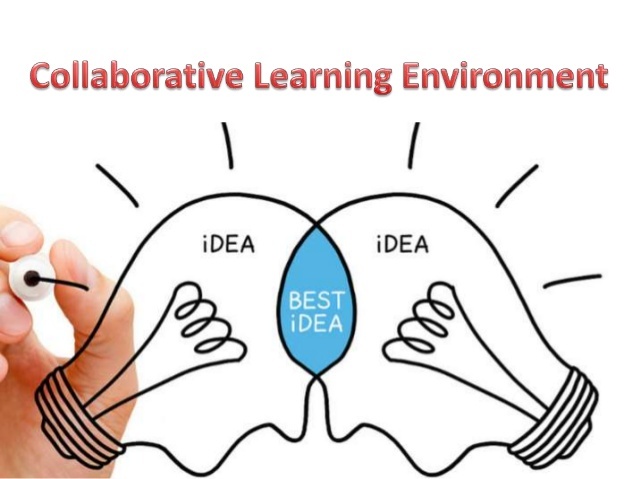e-Learning Ecologies MOOC’s Updates
Deliberate Planning: A MUST for Collaborative Learning
What is collaborative learning?
Two of the most interesting points covered by Dr. Bill Cope and Dr. Mary Kalantzis are Collaborative Learning and Social Learning. Collaborative learning is an educational approach to teaching and learning that involves groups of students working together to solve a problem, complete a task, or create a product. According to Gerlach, "Collaborative learning is based on the idea that learning is a naturally social act in which the participants talk among themselves (Gerlach, 1994). It is through the talk that learning occurs." The article found on this site (http://archive.wceruw.org/cl1/CL/moreinfo/MI2A.htm) enumerated a set of assumptions about the learning process that underlies them all (cited by Smith and MacGregor,1992)
In the past, many teachers perhaps would agree that collaborative learning has been regarded as a teaching technique and not an approach to teaching. Teachers woud normally assign a group task or a buzz session for the students to look closely at a problem to solve or a task to accomplish. They would normally be given a short time to do this and some teachers whom I know admitted that this an activity that they do for some reasons other than for social learning. One reason is to impress their principal showing that what they are doing in class is a student-centered activity. Others claim that providing a task for students to do in groups would allow the teacher to breathe and relax, sit for a while and wait for the students to finish. While these reasons are also legitimate in some instances, a greater number of teachers impressively have a better understanding of what colllaborative learning is. I believe that the best way to find out if the students could learn on their own in relation to what their peers do is to allow them an opportunity to work collaboratively with their classmates with less intimidation, share their own ideas and insights, and at best, learn from the exceptional members of the class as an "apprentice" or an observer.
This setting-up of an opportunity for the students to learn collaboratively does not happen arbitrarily. This requires deliberate planning on the part of the teacher who consciously and carefully considers and curates the teaching-learning activities towards the intended outcomes. The aim is for the students not to compete among each other but to contribute their knowledge and skills towards learning a new concept, completing a task, and or solving a problem as a community of learners. .
References:
Burr, M. Effective Collaborative Learning The Nomadic Way. https://nomadiclearning.com/blog/2018/04/collaborative-learning-the-nomadic-way
http://archive.wceruw.org/cl1/CL/moreinfo/MI2A.htm
https://www.valamis.com/hub/collaborative-learning




The title should be Deliberate Planning: A MUST for Collaborative Learning.